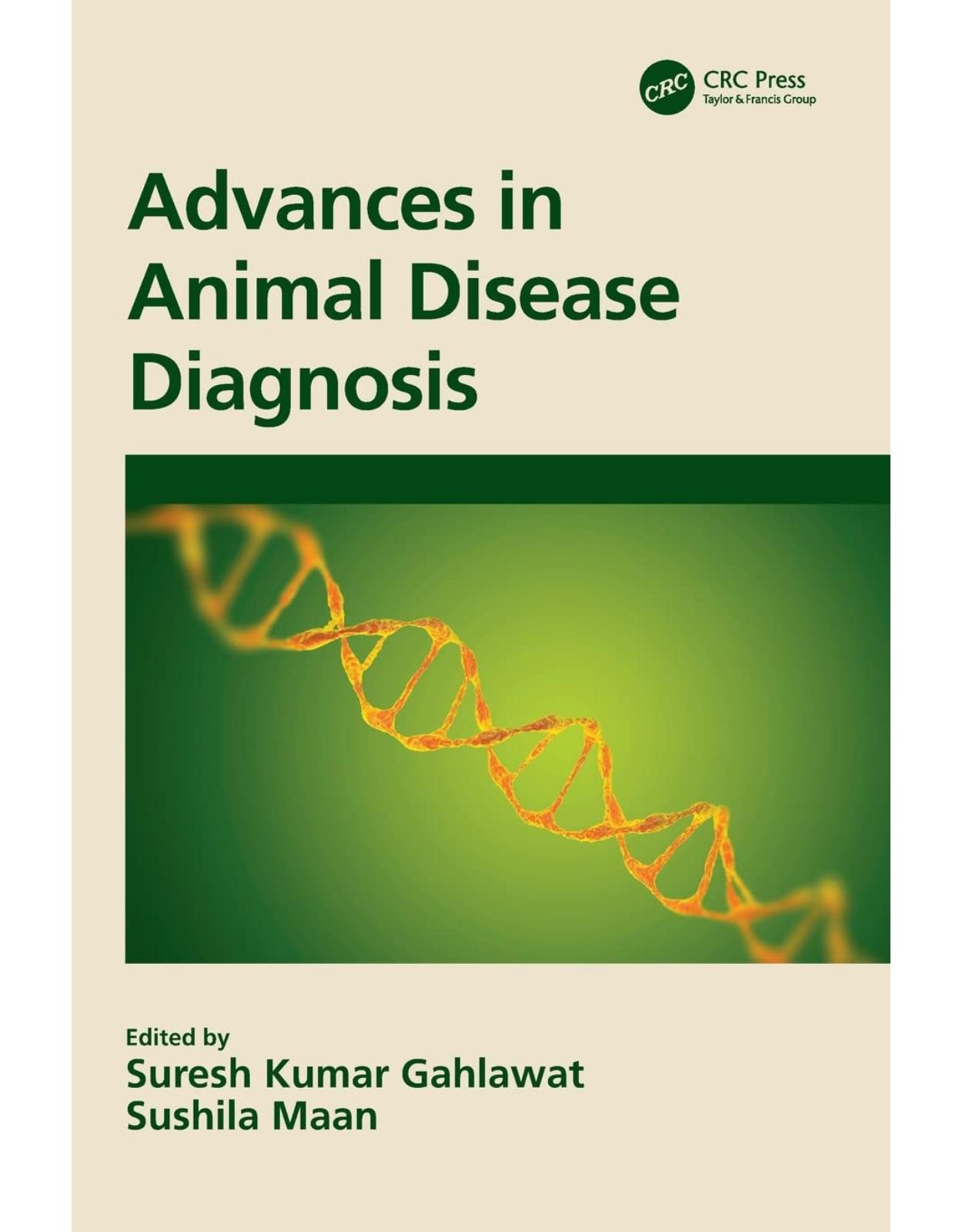
Advances in Animal Disease Diagnosis
Livrare gratis la comenzi peste 500 RON. Pentru celelalte comenzi livrarea este 20 RON.
Disponibilitate: La comanda in aproximativ 4 saptamani
Editura: CRC Press
Limba: Engleza
Nr. pagini: 318
Coperta: Hardcover
Dimensiuni: 17.78 x 2.06 x 25.4 cm
An aparitie: 16 Jun 2021
Description:
Advances in Animal Disease Diagnosis: Infectious animal diseases caused by pathogenic microorganisms such as bacteria, fungi, and viruses threaten the health and well-being of wildlife, livestock and human populations, limit productivity and significantly increase economic losses to each sector. Pathogen de-tection is an important step for the diagnosis and successful treatment of animal diseases as well as control management in farm and field conditions. The conventional techniques employed to diagnose pathogens in livestock species are time-consuming and sometimes give inconclusive results. On the contrary, molecular techniques have the potential to diag-nose known pathogens/conditions quickly, reliably, and unequivocally as well as for novel pathogen detection. New advances in diagnostics and vaccine design using genomics have developed powerful new methods that have also set the stage for the enhanced diagnosis, surveillance, and control of infectious diseases. High-throughput sequencing (HTS), for ex-ample, uses the latest DNA sequencing platforms in the detection, identification, and detailed analysis of both pathogen and host genomes. This book will explore some key opportunities in the context of animal health, such as the detection of new microorganisms and the development of improved diagnosis of emerging or re-emerging diseases and other clinical conditions, viz. biosensors, nanotools, and omics technologies. Features • Details comprehensive knowledge on the latest molecular techniques for animal disease diagnosis and management • Examines how DNA-based diagnostic techniques will assist international efforts to control the introduction of exotic diseases into new geographic areas • Describes the latest molecular assays for the rapid and accurate detection of pathogens • Helps in working towards meeting the global challenge for sustainable food production and the eradication of poverty • With new biotechnological developments, this fully updated book is a treasure trove of the latest information in animal and medical science
Table of Contents:
Biosensor: an advanced system for infectious disease diagnosis
1.1 Introduction
1.2 Principle of biosensors
1.3 Composition of biosensors
1.3.1. Enzymes
1.3.2 Microbes
1.3.3 Cells and Tissues
1.3.4 Organelles
1.3.5 Antibodies
1.3.6 Nucleic Acids
1.3.7 Aptamers
1.4 Classification of biosensors
1.4.1. Electrochemical Transducers
1.4.1.1 Potentiometric transducers.
1.4.1.2 Voltammetric transducers
1.4.1.3 Conductometric transducers
1.4.1.4 Impedimetric transducers
1.4.2 Thermometric Transducers
1.4.3 Optical Transducers
1.4.4 Piezoelectric Devices
1.4.5Others biosensors
1.4.5.1 Enzymatic Sensors
1.4.5.1.1 Substrate biosensors
1.4.5.1.2 Inhibitor biosensors
1.4.5.2 Immunosensors
1.4.5.3 DNA Sensors
1.4.5.4 Microbial Biosensors
1.5 Biosensors in diagnosis of infectious diseases
1.5.1 Acquired Immunodeficiency Syndrome (AIDS)
1.5.2 Ebola Virus Disease
1.5.3 Zika virus disease
1.5.4 Influenza
1.5.5 Hepatitis
1.5.6 Dengue
1.5.7 Salmonellosis
1.5.8 Shigellosis
1.5.9 Tuberculosis
1.5.10 Food borne diseases caused by Enterococcus faecalis and Staphylococcus aureus
1.5.11 Listerosis
1.5.12 Leismaniasis
1.6 Future perspective
1.7 Conclusion
Viral Pseudotyping: A novel tool to study emerging and transboundary viruses
Advanced Sensors for Animal Disease Diagnosis
3.1 Introduction to animal diseases
3.2 Common animal diseases
3.3 Sensors as new generation diagnostic platforms for animal disease diagnosis
3.3.1 Bovine
3.3.2 Canine
3.3.3 Equine
3.3.4 Swine
3.3.5 Avian
3.3.6 Fish
3.4 Bacteriophage based sensors for detection of bacterial pathogens
3.5 Conclusion
Applications of metagenomics and viral genomics to investigating diseases of livestock
4.1 Introduction
4.2 Obtaining metagenomic next generating sequencing data for viruses
4.2.1 Sample collection
4.2.2 Sample preparation and viral enrichment
4.2.3 Library preparation and sequencing
4.3 Bioinformatic analysis of NGS sequence data
4.3.1. Step 1: Quality assessment of the data produced
4.3.2. Step 2: Assembly of reads (fragments)
4.3.3. Step 3: Taxonomic classification
4.4 Metagenomics and viral genomics can identify new viruses and foster understanding of emerging viruses
4.5 Viral genomics and phylogenetics can identify disease transmission chains
4.6 Viral genomics in monitoring vaccine matching
Toll- like receptor of livestock species
5.1 Toll-like receptors
5.1.1 Structure of TLRs
5.1.2. TLRs ligands
5.1.3. Localization of TLR
5.2 Localization of TLRs on mammalian chromosomes
5.2.1. TLR signaling pathways
5.3 Sequence characterization of livestock TLRs
5.3.1. Polymorphism in TLRs of livestock species
5.4 Phylogenetic analysis of buffalo TLR genes
5.5. Role of TLRs in immune responses
5.6 TLRs as therapeutic agents
COVID-19: An emerging pandemic to mankind
6.1 Introduction
6.2 Virology
6.2.1 Taxonomy
6.2.2Virion structure
6.2.3 Genome characteristics
6.2.4 Recent genome wide studies
6.2.5 Specificity of Spike protein
6.3 Origin and evolution
6.4 Pathogenesis
6.4.1 Virus Entry
6.4.2 Pathological Findings
6.4.3 Immunopathology
6.5 Epidemiology
6.5.1 Route of transmission
6.5.2 Transmissibility
6.5.3 Viral shedding
6.5.4 Environment viability
6.5.5 Clinical manifestation
6.6 Diagnosis
6.6.1 Molecular diagnosis
6.6.1.1 Real-time reverse transcriptase-PCR (RT-qPCR)
6.6.1.2 SHERLOCK techniques
6.6.2 Classical diagnosis
6.6.3 Physical examination
6.6.4 Virus isolation
6.6.5 Serologic diagnosis
6.7 Treatment
6.8 Status of vaccine
6.9 Prevention
6.10 Conclusions
Application of Proteomics and Metabolomics in disease Diagnosis
7.1 Introduction
7.2 Basic strategies and platforms of proteomics and metabolomics
7.2.1 Biological Specimens for proteomics and metabolomics
7.2.2 Proteomics workflow
7.2.3 Quantitative proteomics
7.2.4 Proteomics analytical platforms
7.2.5 Metabolomics workflow
7.2.6 Metabolomics analytical platform(s)
7.3 Proteomics in animal disease diagnosis and biomarker discovery
7.3.1 Proteomics biomarkers in infectious disease of farm animals
7.3.2 Proteomics biomarkers in non-infectious disease of farm animals
7.3.3 Proteomics in parasitic disease of animals
7.4 Proteomics in companion animal disease biomarker discovery
7.5 Metabolomics in animal disease diagnosis
7.5.1 Metabolomics in canine diseases
7.5.2 Metabolomics in farm animal disease diagnosis
7.6 Proteomics and metabolomics in human disease diagnosis
7.7 Conclusion
Imaging techniques in Veterinary Disease diagnosis
8.1 Introduction
8.2 Microscopy
Optical microscopy
8.2.2 Dark field microscopy
8.2.3 Phase contrast microscopy
8.2.4 Polarized light microscopy
8.2.5 Fluorescence microscopy
Confocal Microscopy
8.2.5.2 Two-Photon Microscopy
Electron microscopy (EM)
8.6.1 Scanning electron microscopy (SEM)
8.6.2 Transmission electron microscopy(TEM)
Cryogenic Electron Microscopy (cryoEM)
8.7 Scanning Probe Microscopy
8.8 X-ray microscopy
8.9 Raman microscopy
8.10 Magnetic Resonance Microscopy (MRM)
8.11 Super-resolution microscopy
8.3 Ultrasonography/diagnostic sonography:
8.4 Digital stethoscope
8.5 Endoscopy
8.6 Thermal imaging
8.7 Radiographic Imaging
Contrast Media
Recent advancements in Radiographic Imaging
8.8 Computed Tomography (CT)
8.9 Magnetic Resonance Imaging (MRI)
8.10 Radiopharmaceuticals and Nuclear Imaging
8.11 Nuclear Scintigraphy or Gamma Scan
8.12 Positron-emission tomography (PET)
8.13 Single-Photon Emission Computed Tomography (SPECT)
8.14 Electrical Impedance Tomography
8.15 Nanoparticles in diagnostic imaging
8.16 Future Prospect and Conclusion
Listeriosis in Animals: Prevalence and Detection
9.1 Introduction
9.2 Epidemiology, Transmission and Spread
9.3 Organism Characteristics and Classification
9.4 Life cycle
9.4.1 L. monocytogenes virulence factors
9.4.2 Factors for Adhesion
9.4.3 Factors for Host Invasion
9.4.4 Factors for escape From Phagocytic Vacuole
9.4.5 Factors for Intracellular Survival and Multiplication
9.4.6 Factors for Intracellular Motility and Intercellular Spread
9.5 Clinical Manifestations
9.6 Disease Diagnosis
9.7 Pathogen Identification of Cultural Isolates
9.7.1 Enzyme Based Assays
9.7.2 Immunological Assays
9.7.3 Nucleic Acid Based Molecular Assays
9.7.4 Epidemiological Testing
9.7.4.1 Phenotypic typing methods
9.7.4.2 Molecular Typing Methods
Pyroptosis Prevalence in Animal Diseases and Diagnosis
10.1 Introduction
10.2 Characteristic features of Pyroptosis
10.3 Molecular Mechanism of Pyroptosis
10.3.1 Canonical Inflammasome Pathway
10.3.2 Non- Canonical Inflammasome pathway
10.4 Pyroptosis Prevalence in Animal Diseases
10.4.1 Neuro-inflammation and cognitive impairment in aged rodents
10.4.2 Osteomyelitis
10.4.3 Neonatal-onset multisystem inflammatory disease (NOMID)
10.4.4 Sepsis
10.4.5 Inflammatory Bowel Disease (IBD)
10.4.6 Brucellosis
10.4.7 Oxidative Stress in animals
10.4.8 Viral Diseases in Animals
10.5 Pyroptosis markers in Disease Diagnosis
10.6 Conclusion and Future Prospects In Diagnosis
Current diagnostic techniques for Influenza
11.1 Introduction
11.2 Influenza Diagnosis
11.2.1 Cell Culture Approaches
11.2.1.1 Virus Culture
11.2.1.2 Virus Shell Culture
11.2.2Direct Fluorescent Antibody Test
11.2.3 Serological Assays
11.2.3.1 Hemagglutination Inhibition Assay
11.2.3.2 Virus Neutralization Assay
11.2.3.3 Single Radial Hemolysis
11.2.3.4 Complement Fixation
11.2.4 Rapid Influenza Diagnostic Tests (RIDTs)
11.2.5 Nucleic Acid-Based Tests (NATs)
11.2.5.1 Reverse Transcription-Polymerase Chain Reaction (RT-PCR)
11.2.5.2 Loop-Mediated Isothermal Amplification-Based Assay (LAMP)
11.2.5.3 Simple Amplification-Based Assay
11.2.5.4 Nucleic Acid Sequence-Based Amplification
11.2.6 Microarray-Based Approaches
11.2.7Modifications of Standard Methods
11.3 Conclusion
Diagnostic Tools for the Identification of Foot-and- Mouth Disease Virus
12.1 Introduction
12.2 Etiology
12.3 Diagnostic techniques
12.3.1 Virus isolation assay
12.3.2 Serology-based assays
12.3.2.1 Complement fixation test
12.3.2.2 Virus neutralization test
12.3.2.3 Enzyme-linked immunosorbent assay
12.3.2.4 Virus infection associated gel immuno-diffusion test
12.3.3 Nucleic acid-based assays
12.3.3.1 Reverse transcriptase PCR
12.3.3.2 Real-time RT-PCR
12.3.3.3 Multiplex-PCR
12.3.3.4 Reverse transcription loop-mediated isothermal amplification
12.3.4 Novel and high-throughput assays
12.3.4.1 Microarray
12.3.4.2 Pen-side assay
12.4 Prevention and treatment
12.4.1 Attenuated vaccines
12.4.2 Inactivated vaccines
Synthetic biology-based diagnostics for infectious animal diseases
13.1 Introduction
13.2 In vitro diagnostics
13.2.1 Phage-Based Diagnostics
13.2.2 Synthetic peptides-based diagnostics
13.2.3 Synthetic peptide nucleic acid (PNA)-based diagnostics
13.2.4 Aptamers-based diagnostics
13.2.5 CRISPR/Cas-based biosensors
13.2.5.1 Diagnostics using CRISPR-Cas9
13.2.5.2 CRISPR-Cas12- and CRISPR-Cas13-based diagnostics
13.2.6 Synthetic RNA-based biosensors coupled with synthetic gene networks
13.3 In vivo diagnostics
13.4 Conclusions and Future perspectives
Recent Trends in Diagnosis of Campylobacter Infection
14.1 Introduction
14.2 Morphological characters of theCampylobacter
14.3 PathogenesisofCampylobacter
14.4 Diagnosis of Campylobacter infection (Campylobacteriosis)
14.4.1 Conventional methods for detection of pathogen
14.4.1.1 Direct demonstration of pathogen
14.4.1.2 Culture and identification
14.4.1.3 Selective media for Campylobacter isolation
14.4.2 Confirmation of Campylobacter
14.4.2.1 Colony characteristics
14.4.2.2 Enzyme immune assay
14.4.3 Molecular tools and techniques for Campylobacter diagnosis
14.4.3.1 Phenotypic methods
14.4.3.1.1 Bio-typing
14.4.3.1.2 Phage-typing
14.4.3.2 Genotyping methods
14.4.3.2.1 Macro-restriction-mediated-analyses
14.4.3.2.2 Polymerase Chain Reaction (PCR) based assays
14.4.3.2.3 Ribotyping
14.4.3.2.4 Fla-typing
14.4.4 Metagenomics as a diagnostic tool
14.4.4.1 Structural metagenomics
14.4.4.2 Functional metagenomic
14.5 Conclusion & Future perspectives
Recent trends in Bovine tuberculosis detection and control methods
15.1 Introduction
15.1.1. Bovine TB ¿ The causative organism and the disease
15.1.2. Host genetics
15.1.3. Surveillance Strategies,Prevention and Control Methods.
15.2 Some basics of performance characteristics of Diagnostic tests
15.2.1 Purpose of diagnostic tests
15.2.2 Attributes of an Ideal diagnostic test
15.3 Detection methods and strategies
15.3.1 Direct Detection of the Pathogen
15.3.1.1 Post-mortem examination
15.3.1.2 Direct microscopic detection
15.3.1.3 Bacteriological culture
15.3.1.4 Nucleic Acid detection based molecular assays
15.3.2. Detection of the cell-mediated immunity in host.
15.3.2.1 Tuberculin DTH skin test
15.3.2.2. Gamma-interferon assay
15.3.2.3. Lymphocyte proliferation assay (LPA)
15.3.2.4. Enzyme-linked immunosorbent spot (ELISPOT) assay
15.3.3. Detection of the host antibody response to infection
15.3.3. 1. Enzyme immunoassay (EIA) or Enzyme-linked immunosorbent assay (ELISA)
15.3.3.2.Multi Antigen Print Immunoassay (MAPIA)
15.3.3.3. Dual Path Platform (DPP) assay
15.3.3.4. Fluorescent Polarisation Assay
15.3.3.4.The SeraLyte-Mbv (PriTestInc) assay
15.4 Futuristic Approaches
15.4.1. Detection of the host enzyme Adenosine deaminase enzyme(ADA)
15.4.2. Detection of humoral response based on IgA (with or without IgG)
15.4.3 Use of Recombinant molecule as markers
15.4.4 High throughput technological advances for detection of conventional targets
15.4.5 Combinatorial Approaches
15.5 Conclusion
Livestock Enteric Viruses: Latest Diagnostic Techniques for Their Easy and Rapid Identification
16.1 Introduction
16.2 Latest diagnostic techniques for identification of major enteric viruses affecting livestock
16.2.1 Bovine corona viruses (BoCV)
16.2.2 Bovine enterovirus (BEV)
16.2.3 Rotaviruses
16.2.4 Astroviruses
16.2.5 Caliciviruses
16.2.6 Picobirnaviruses
16.3 Conclusion
Coronaviruses: Recent trends and approaches in diagnosis and management
17.1 Introduction
17.2 Virus, Virology, and Pathogenesis
17.3 Global Epidemiology
17.4 Virus Diagnosis
17.4.1 Virus Isolation
17.4.2 Electron Microscopy
17.4.3 Serology
17.4.4 Molecular diagnosis
17.5 Management of Coronaviruses
17.5.1 Ribavirin
17.5.2 Other antiviral Drug
17.5.3 Monoclonal antibody therapy
17.5.4 Interferon
Recombinase Polymerase Amplification (RPA): A New Approach for Disease Diagnosis
18.1 Introduction to Recombinase Polymerase Amplification
18.2 Methodology and different parameters controlling RPA
18.2.1 Primer and Probe design
18.2.2 Temperature
18.3.3 Effect of crowding agent and mixing
18.3.4 Incubation time
18.3.5 Type of samples
18.3 RPA reaction conditions
18.3.1 Multiplexing in RPA
18.4 Major applications of RPA technique
18.4.1 Multiple target detection
18.4.2 Seed testing and other agricultural assays
18.4.3 On-site microbial testing
18.4.4 Disease detection in animals
18.4.5 Medical diagnostics
18.5 Comparison with other isothermal technique
18.6 Advantages over real time PCR
18.7 Conclusion
Global Rules, Regulations and Intellectual Property Rights on diagnostic methods
19.1 Introduction
19.1.1. Patenting
19.1.2.Rationalization of patenting
19.1.3.Patenting of Diagnostic methods
19.1.4 What is a patent?
19.2 Patent laws in India
19.3 Patent Laws in USA
19.4 Patent laws in Europe
19.5 Analysis and Conclusion
| An aparitie | 16 Jun 2021 |
| Autor | Suresh Kumar Gahlawat, Sushila Maan |
| Dimensiuni | 17.78 x 2.06 x 25.4 cm |
| Editura | CRC Press |
| Format | Hardcover |
| ISBN | 9780367530518 |
| Limba | Engleza |
| Nr pag | 318 |

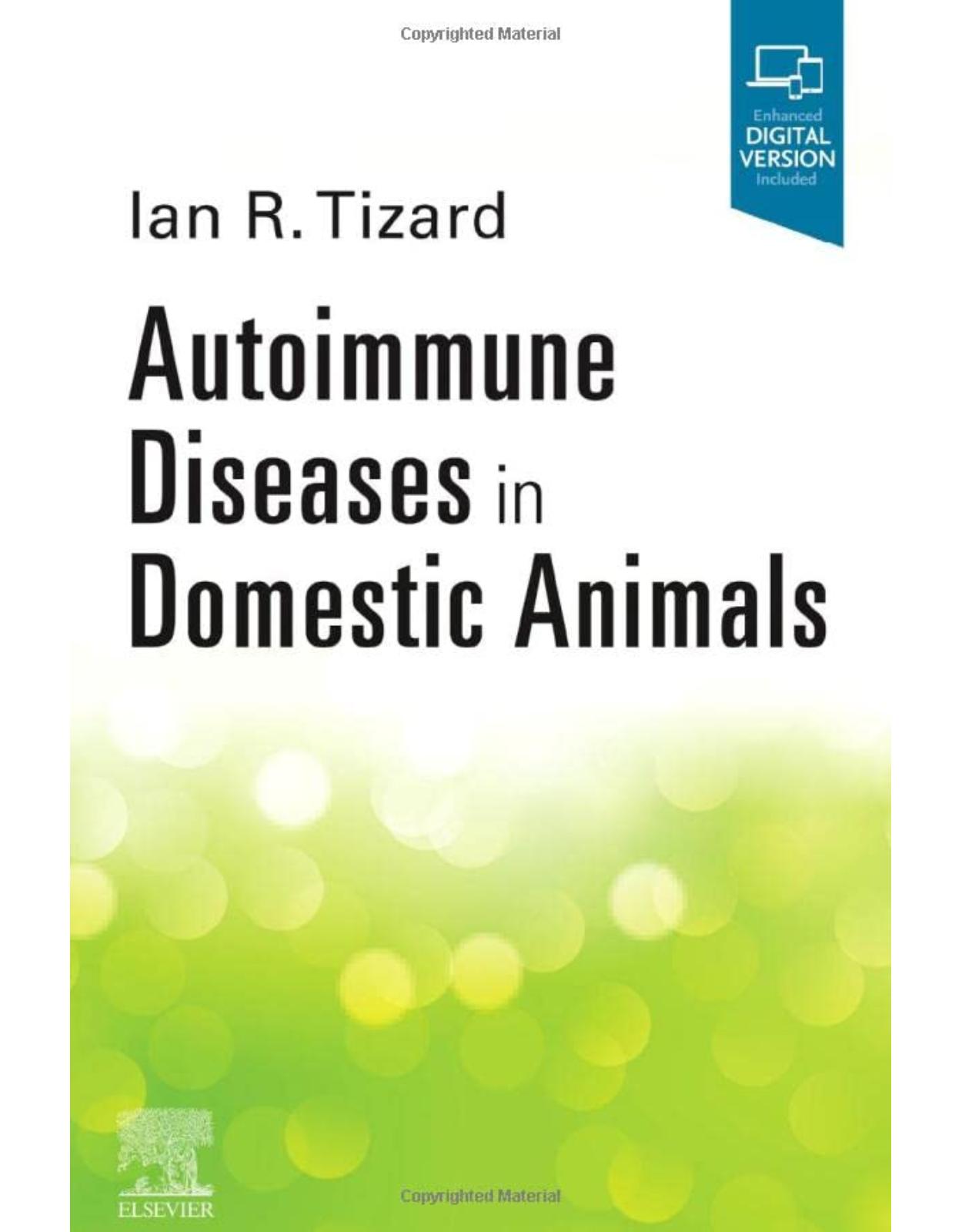
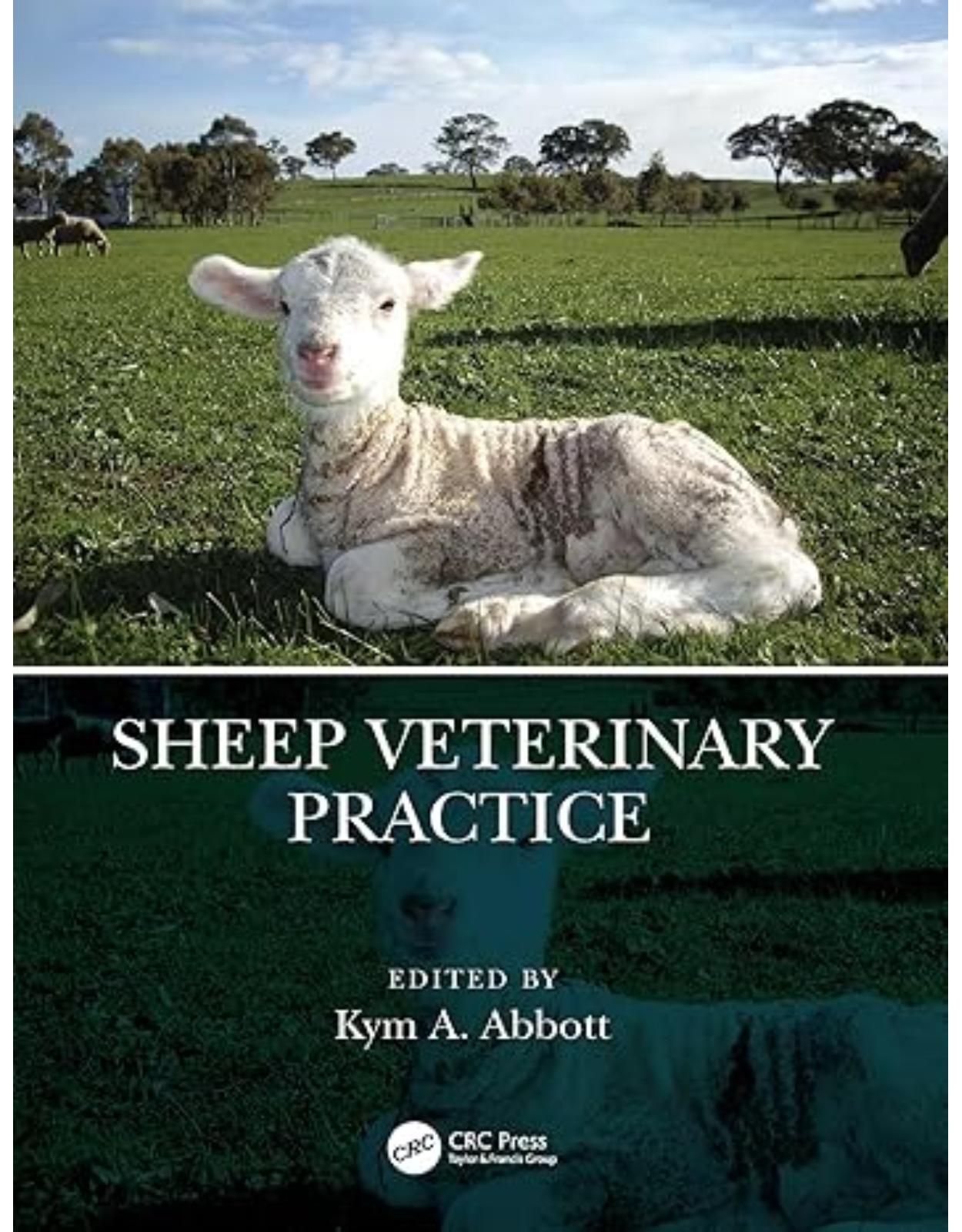
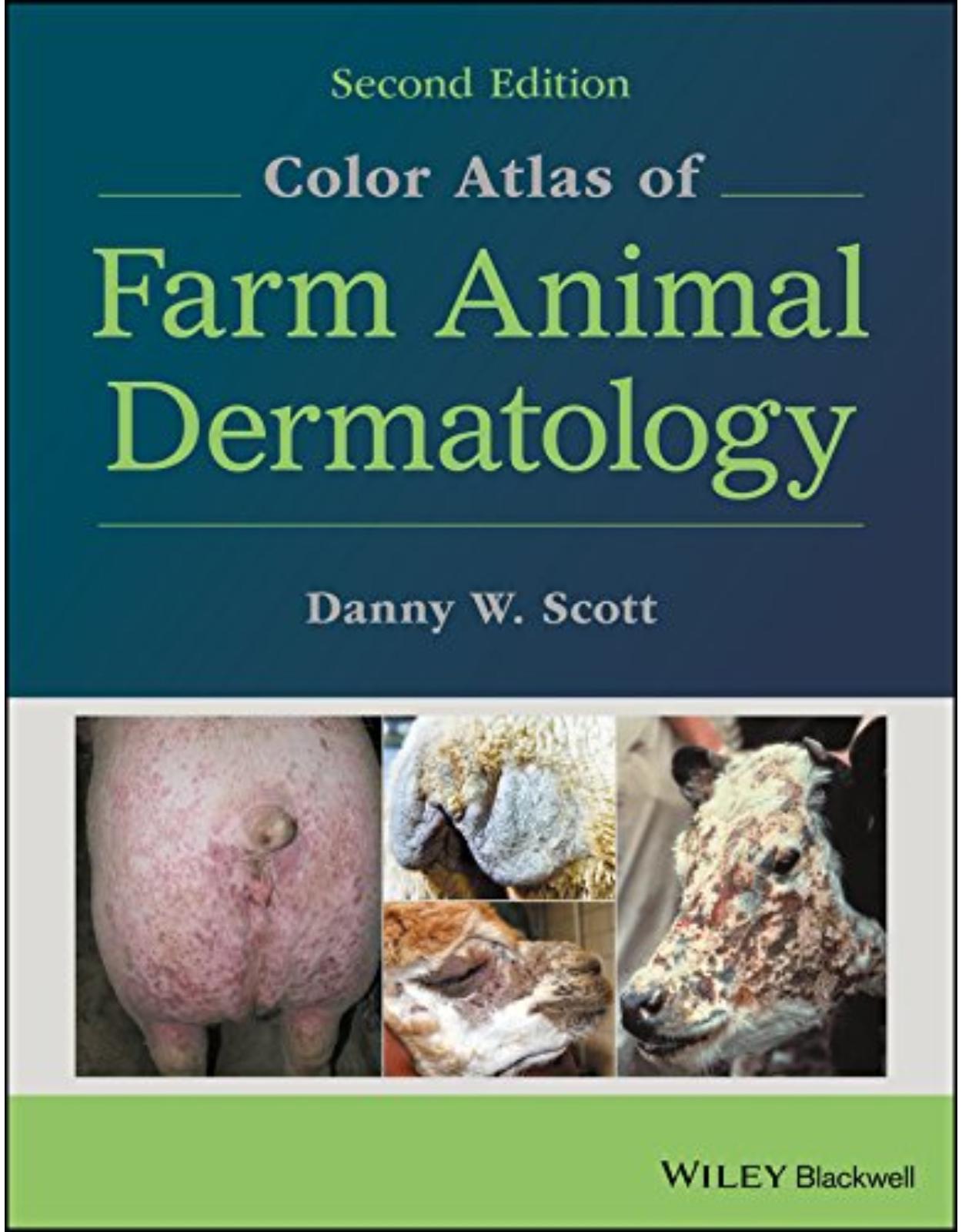
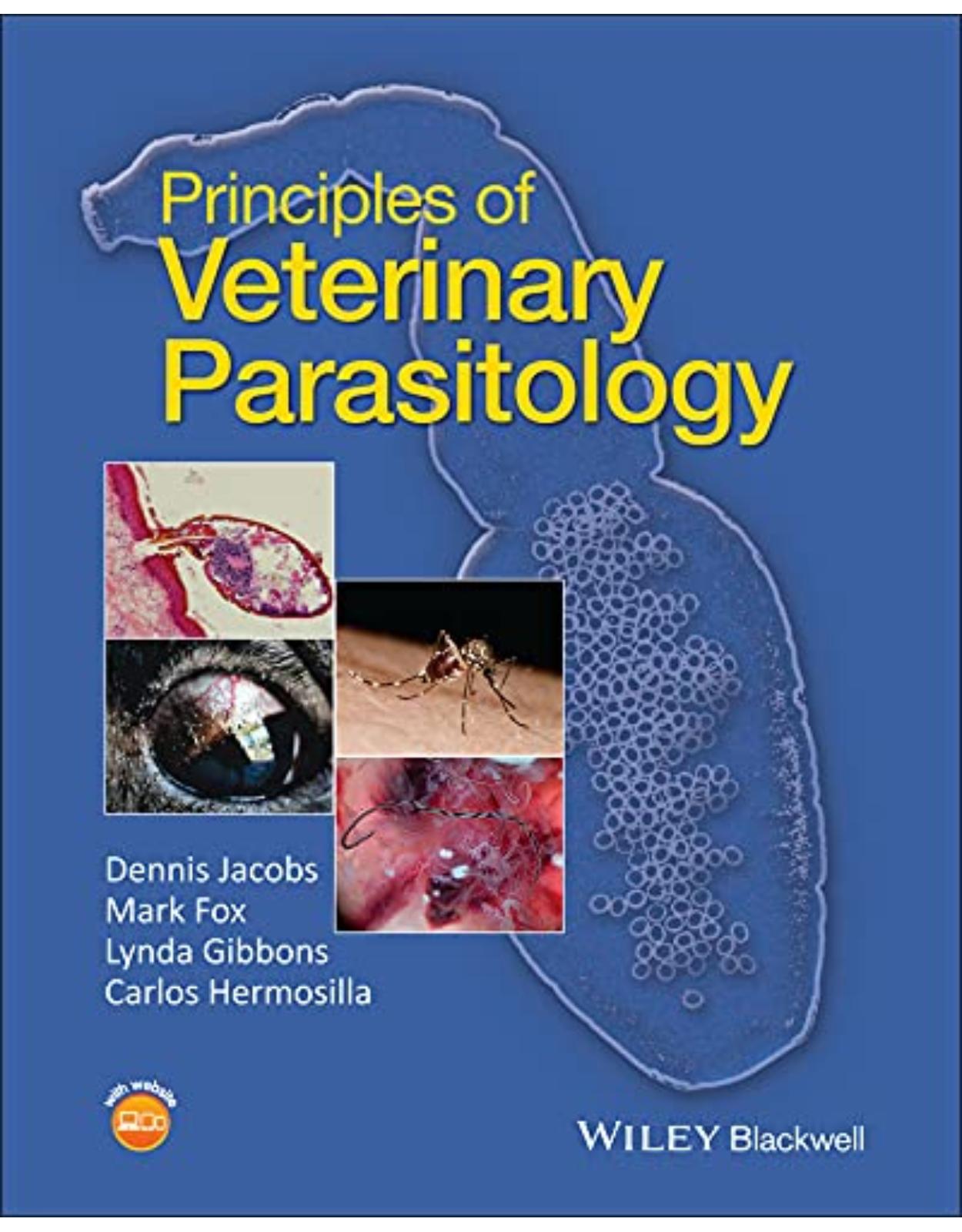
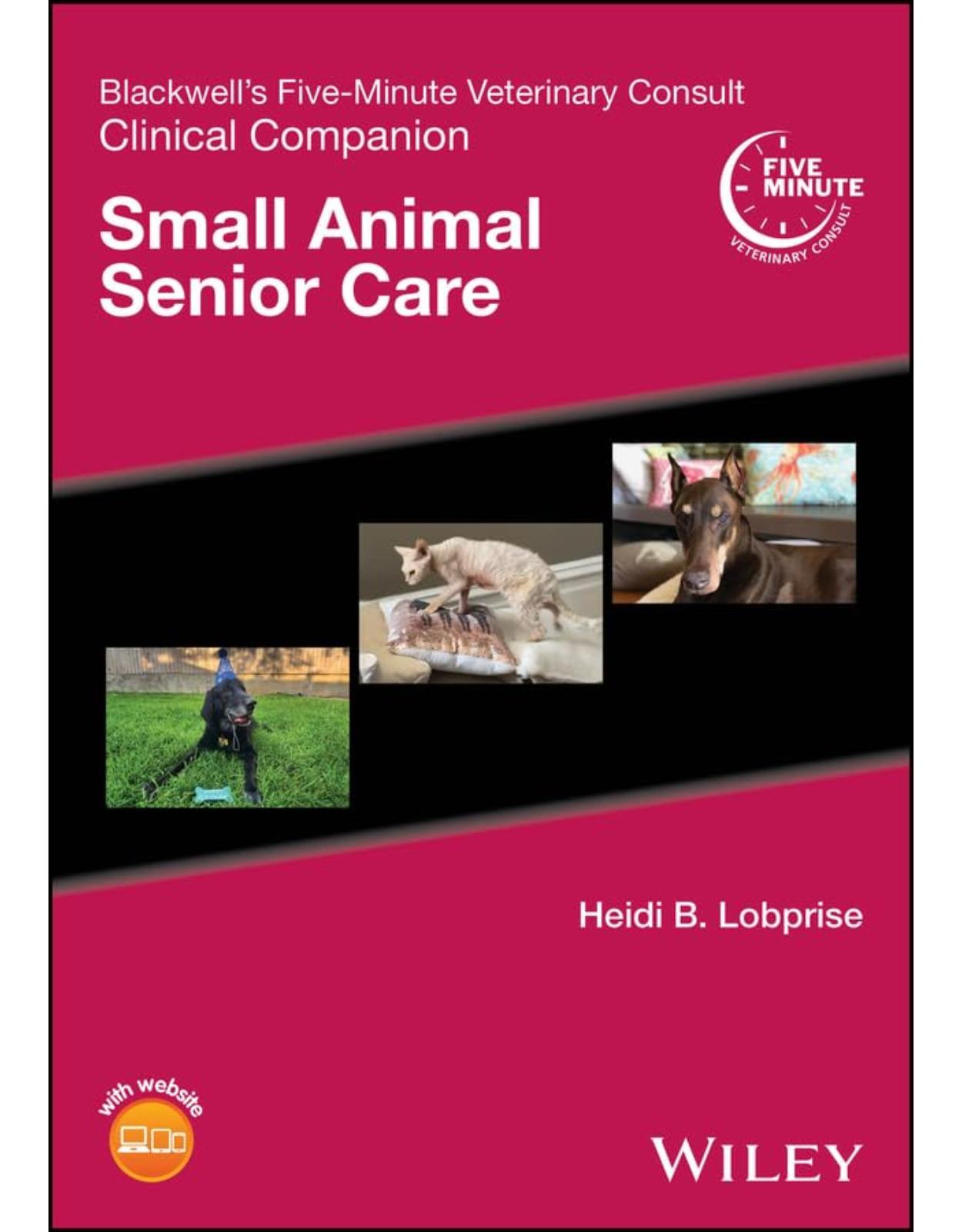
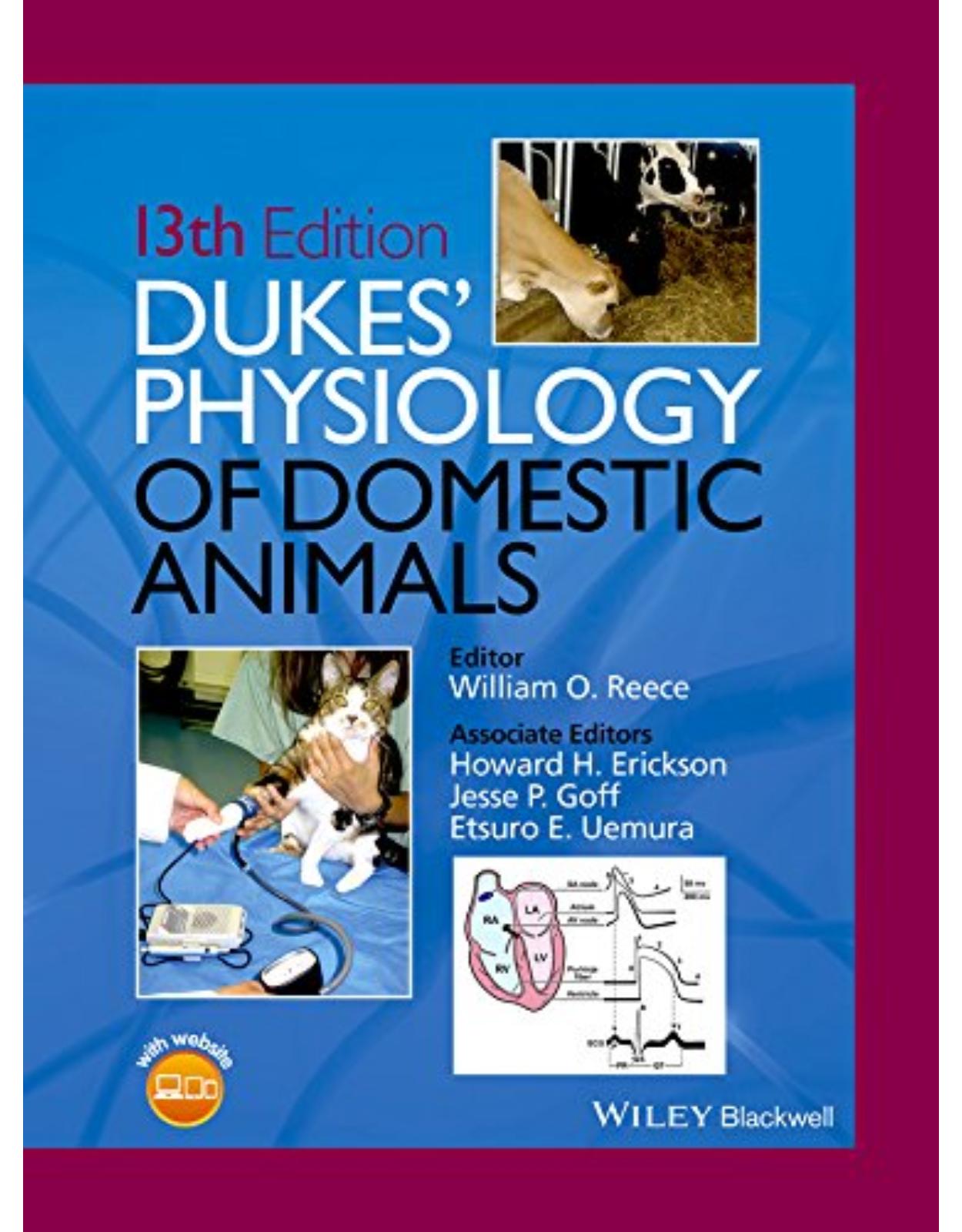
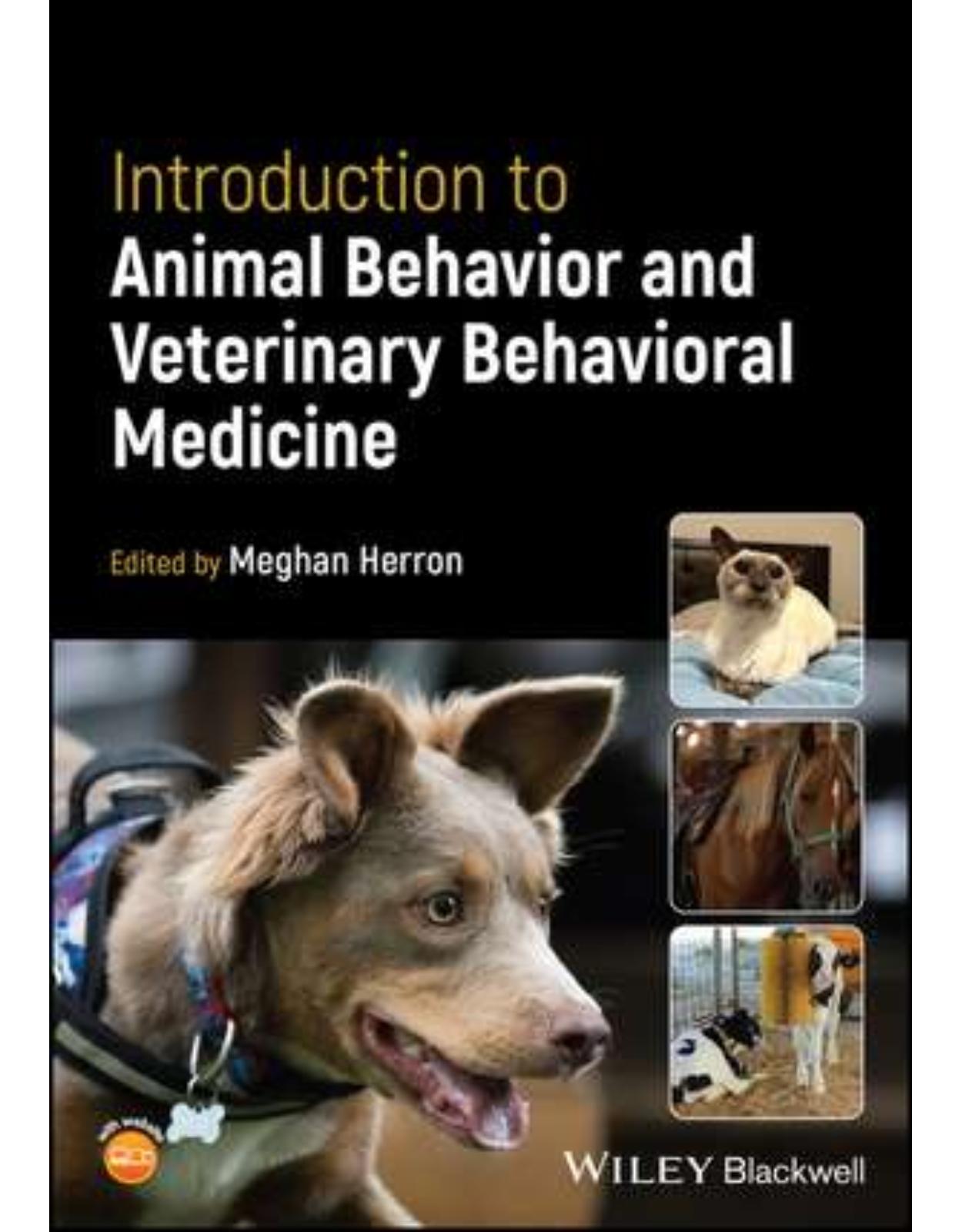

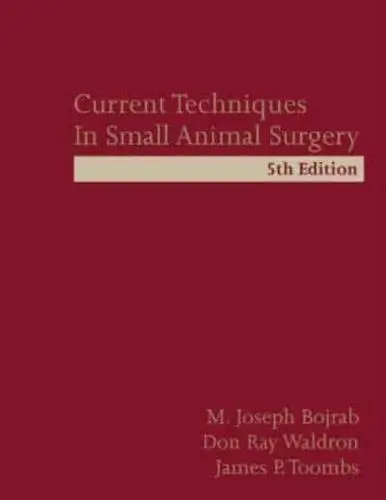
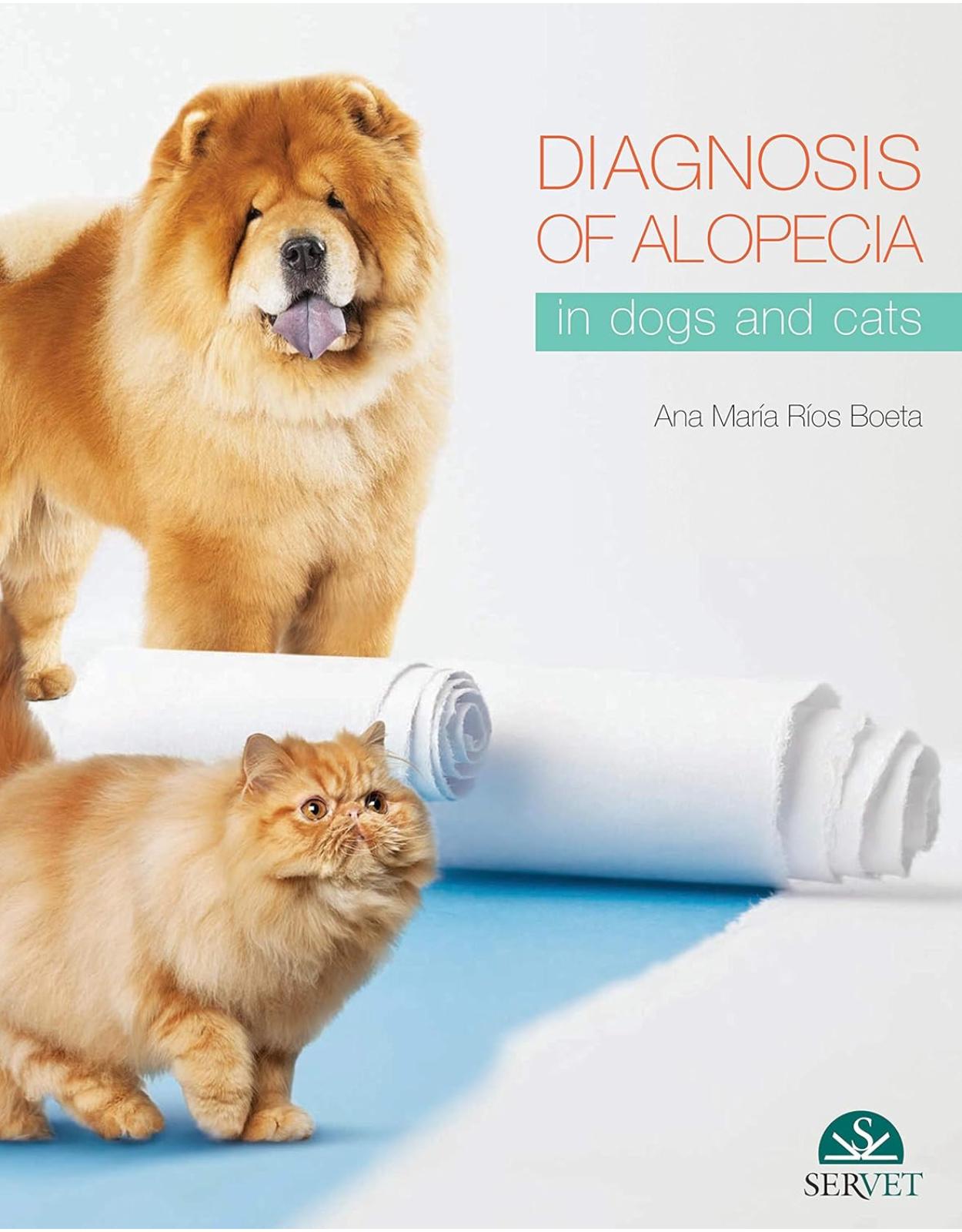
Clientii ebookshop.ro nu au adaugat inca opinii pentru acest produs. Fii primul care adauga o parere, folosind formularul de mai jos.